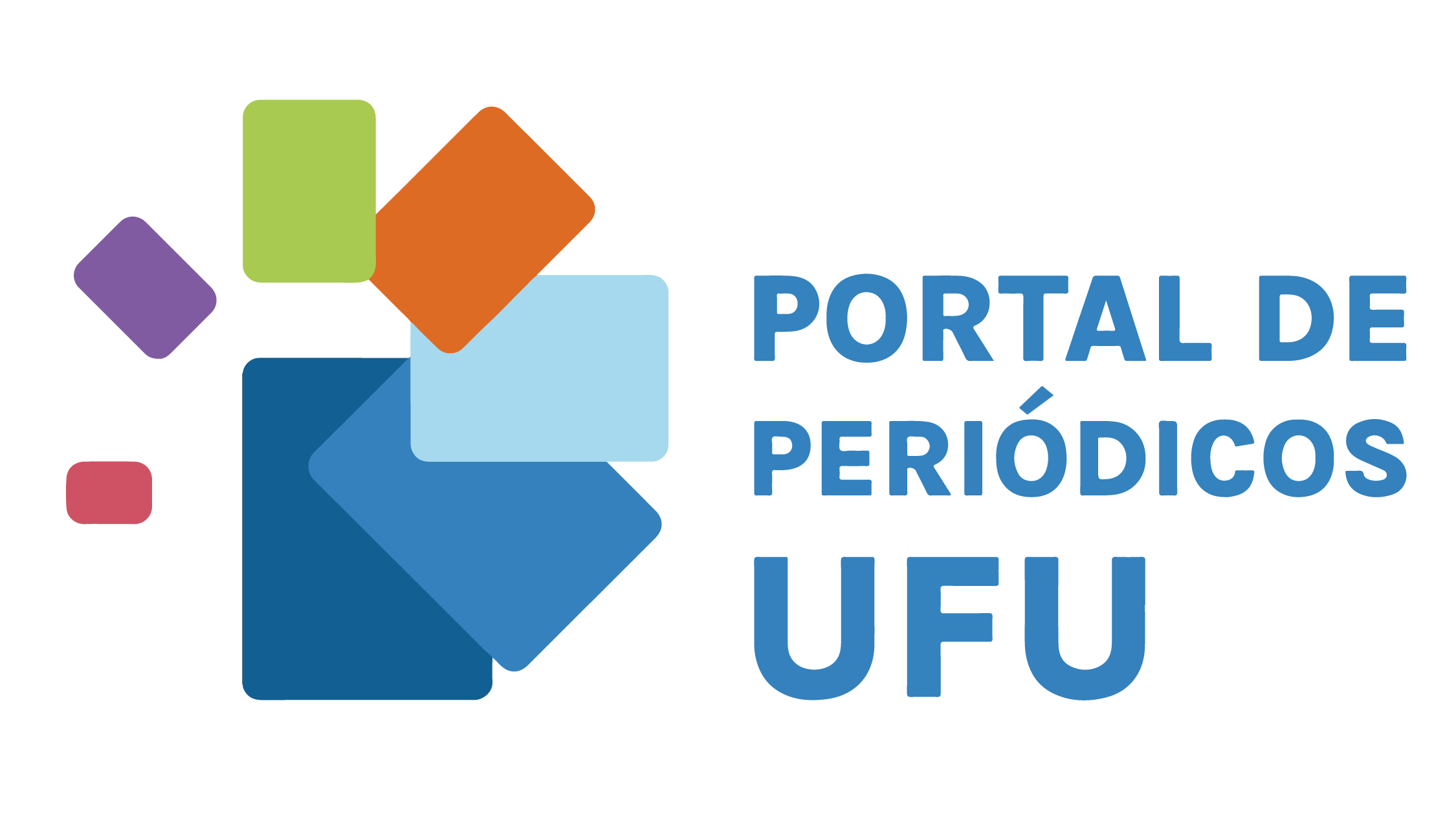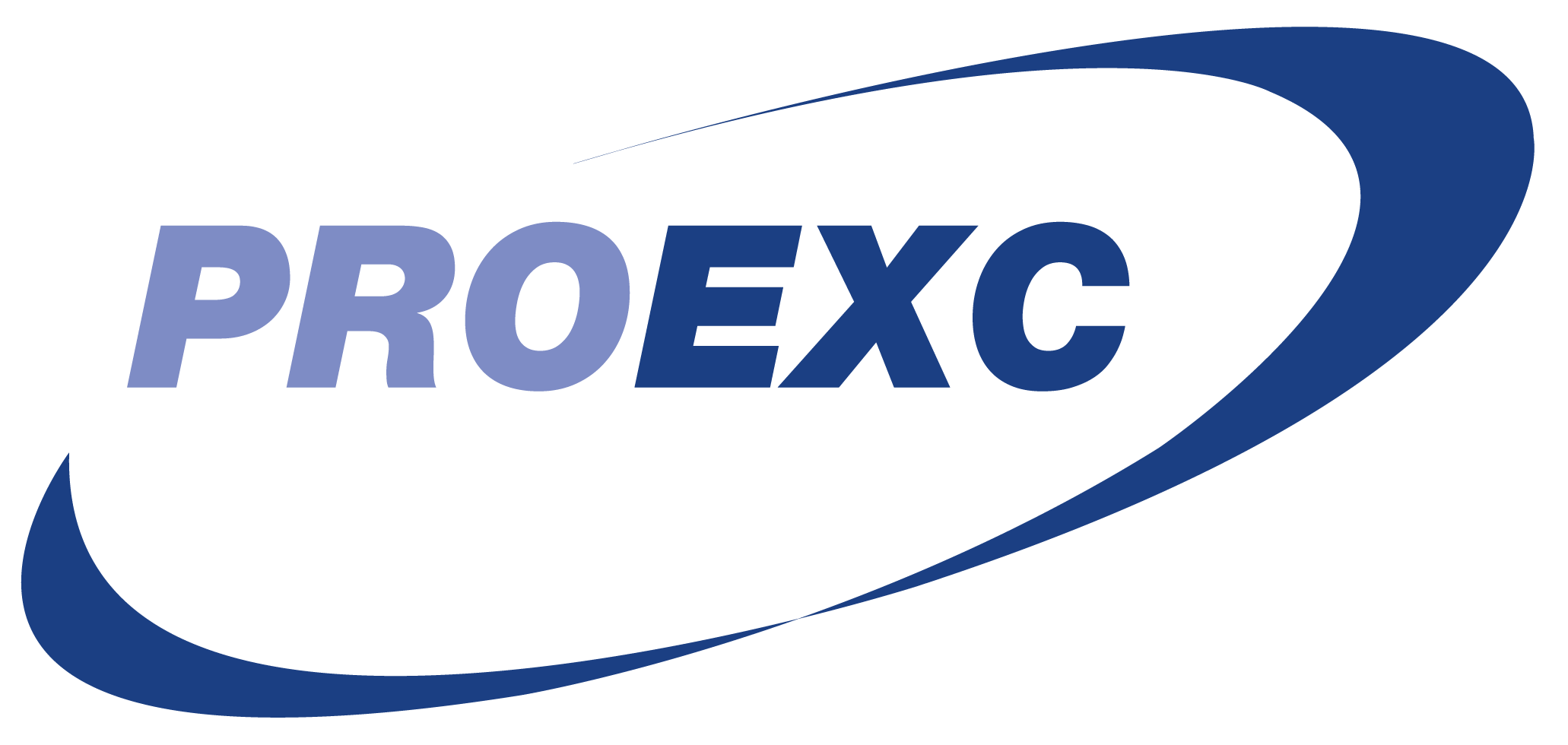Onychomycosis
enlightenment with students of the public schools of Diamantina, State of Minas Gerais, Brazil
DOI:
https://doi.org/10.14393/REE-v18n22019-47319Keywords:
Onychomycosis, Elementary school, Health educationAbstract
The incidence, prevalence, and morbidity of onychomycosis or nail fungus make it a public health problem. The clinical diagnosis, based solely on the clinical characteristics of the lesions, has been proved insufficient, leading to therapeutic errors. Mycological diagnosis is extremely important to define the true cause of the lesion and to assist in the choice of appropriate therapy. In this sense, undergraduate students of the Pharmacy course of the Federal University of Jequitinhonha and Mucuri Valleys (UFVJM) sought to raise awareness of the ninth year of elementary school in the public schools of Diamantina, Minas Gerais, on the forms of contagion, symptoms, diagnosis, treatment and prophylaxis of nail fungi through lectures and a primer on the subject. In addition it was analyzed the students nail samples who presented signs of the fungus. It was diagnosed a positive case and sent to the dermatologist, who indicated the appropriate drug therapy. It was implemented a follow-up of treatment until evidence of cure. The approach, besides fulfilling its objective, which is the extension, involved research and social intervention activity, benefiting all actors: school, students, scholarship, course and university, enriching university production and contributing to the quality of life of the population.
Downloads
References
ARENAS, R.; TORRES-GUERRERO, E. Onychomycosis. In: TOSTI, A. Nail Disorders. 2019. p. 31-35. Doi: 10.1016/B978-0-323-54433-7.00004-0.
BRASIL. Agência Nacional de Vigilância Sanitária. Manual de Microbiologia Clínica para o Controle de Infecção Relacionada à Assistência à Saúde. Brasília: Anvisa, 2013.
BRASIL. Ministério da Educação. Edital ProExt. Brasília: MEC, 2015. Disponível em:<http://portal.mec.gov.br/index.php?option=com_docman&view=download&alias=15149-edital-proext-2015&Itemid=30192>. Acesso em: 7 de março 2019.
BROOKS, G. F. et al. Microbiologia médica de Jawetz, Melnick e Adelberg. 25. ed. Porto Alegre, RS: McGraw-Hill, 2012.
CFF – Conselho Federal de Farmácia. Resolução nº 596, de 21 de fevereiro de 2014. Dispõe sobre o Código de Ética Farmacêutica, o Código de Processo Ético e estabelece as infrações e as regras de aplicação das sanções disciplinares. 2014. Disponível em: http://www.cff.org.br/userfiles/file/resolucoes/596.pdf. Acesso em: 26 fev. 2019.
ONICOMICOSE. Diário do Nordeste, Fortaleza, 12 ago. 2014. Disponível em: http://diariodonordeste.verdesmares.com.br/cadernos/vida/onicomicose-1.1075238. Acesso em: 22 de junho de 2017.
FELDSTEIN, S. et al. Antifungal therapy for onychomycosis in children. Clinics in Dermatology, v. 33, n. 1, p. 333-339, maio-jun. 2015. Doi: http://dx.doi.org/10.1016/j.clindermatol.2014.12.010.
KAUR, R.; KASHYAP, B.; BHALLA, P. Onychomycosis epidemiology, diagnosis and management. Indian J. Med. Microbiol., v. 26, n. 2, p. 108-116, jun. 2008. Doi: 10.4103/0255-0857.40522.
LIPNER, S. R.; SCHER, R. K. Onychomycosis: clinical overview and diagnosis. Journal of the American Academy of Dermatology, New York, v. 80, n. 4, p. 835-851, 2019. Doi: 10.1016/j.jaad.2018.03.062.
LÓPEZ-JODRA, O.; TORRES-RODRIGUEZ, J. M. Especies fúngicas poco comunes responsables de onicomicosis. Rev. Iberoam. Micol., v. 16, n. 1, p. S11-S15, jan. 1999. Disponível em: https://www.researchgate.net/publication/238794577_Especies_fungicas_poco_comunes_responsables_de_onicomicosis/download. Acesso em 11 de março de 2019.
MEZZARI, A. et al. Prevalência de micoses superficiais e cutâneas em pacientes atendidos numa atividade de extensão universitária. Revista Brasileira de Ciências da Saúde, João Pessoa, v. 21, n. 2, p. 151-156, 2017. Doi: 10.4034/RBCS.2017.21.02.
RICH, P. et al. Diagnosis, clinical implications, and complications of onychomycosis. Semin Cutan. Med. Surg., v. 32, S5-S8, jun. 2013.
RUBIO, M. C. et al. Perspectiva micológica de los dermatofitos en el ser humano. Rev. Iberoam. Micol, v. 16, p. 16-22, 1999. Disponível em: http://www.reviberoammicol.com/1999-16/016022.pdf. Acesso em: 8 mar. 2019.
VLAHOVIC, T. C. Onychomycosis evaluation, treatment options, managing recurrence, and patient outcomes. Clin. Pediatr. Med. Surg., v. 33, p. 305-318, jul. 2016. Doi: http://dx.doi.org/10.1016/j.cpm.2016.02.001.
Downloads
Published
How to Cite
Issue
Section
License
Ao publicarem nesta revista, os autores concordam em manter os direitos autorais e concedem à revista o direito de primeira publicação, com o trabalho simultaneamente licenciado sob a licença Creative Commons Atribuição-NãoComercial-SemDerivações 4.0 Internacional.




